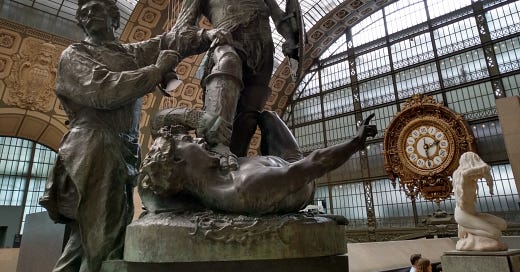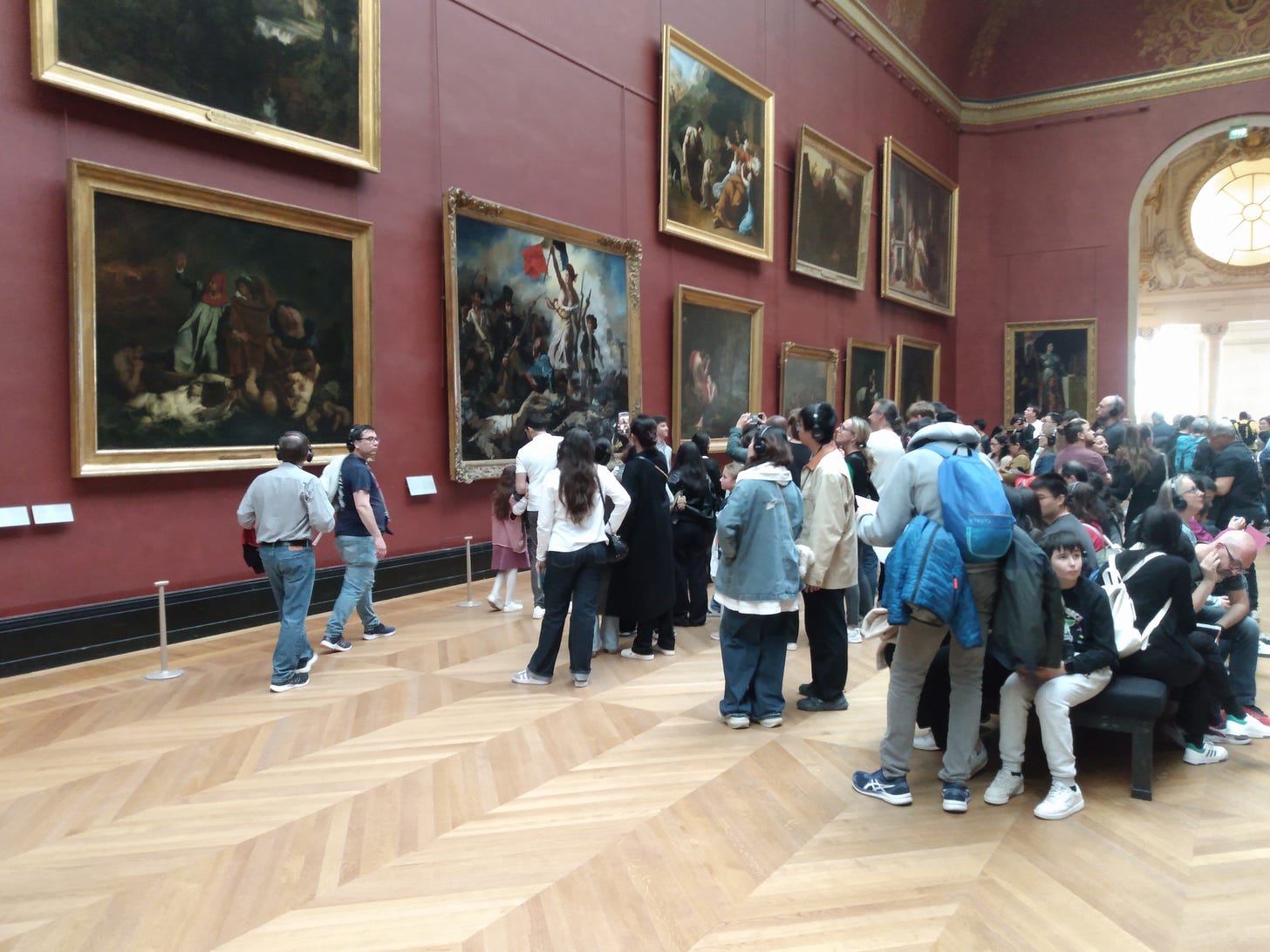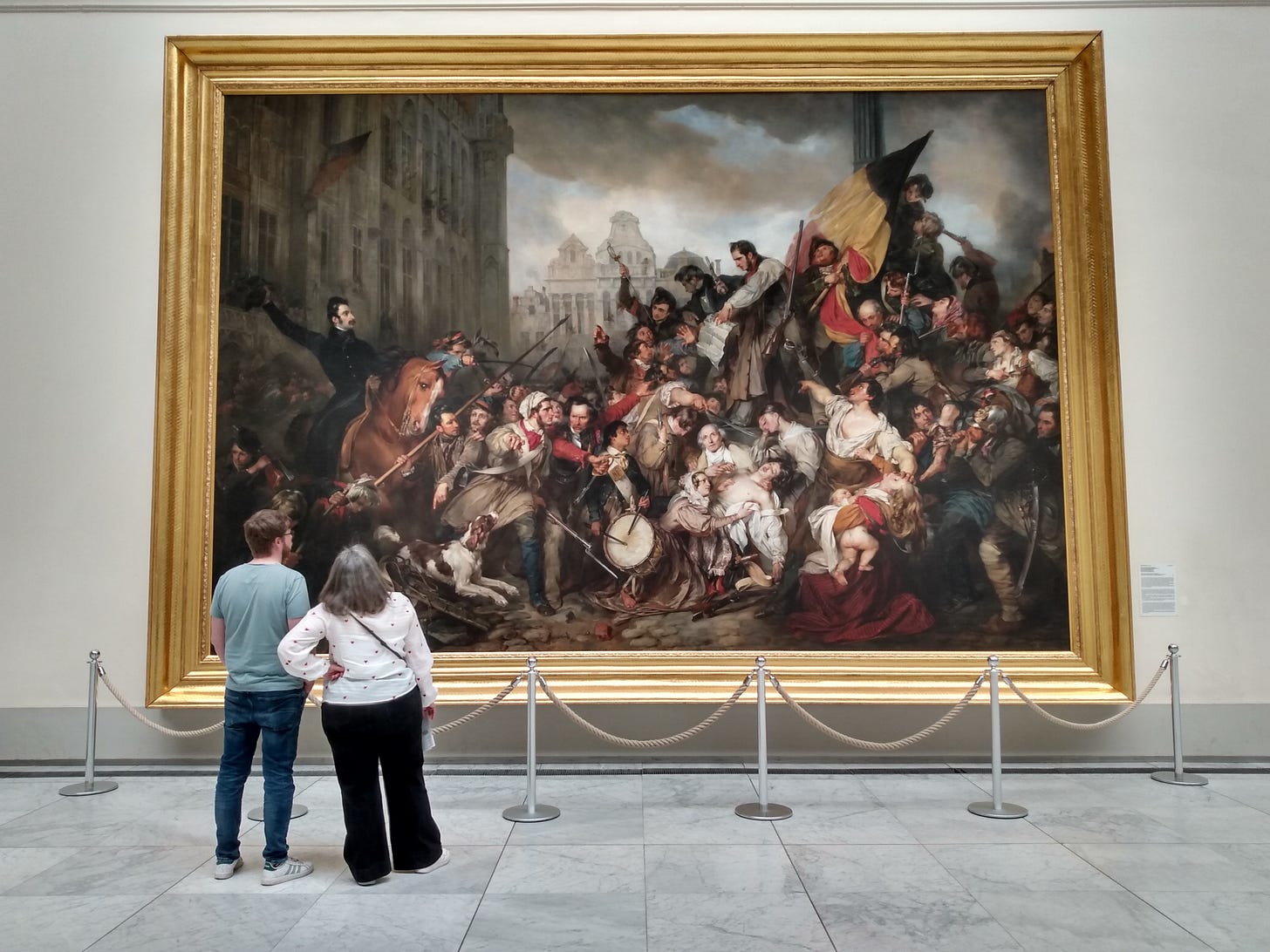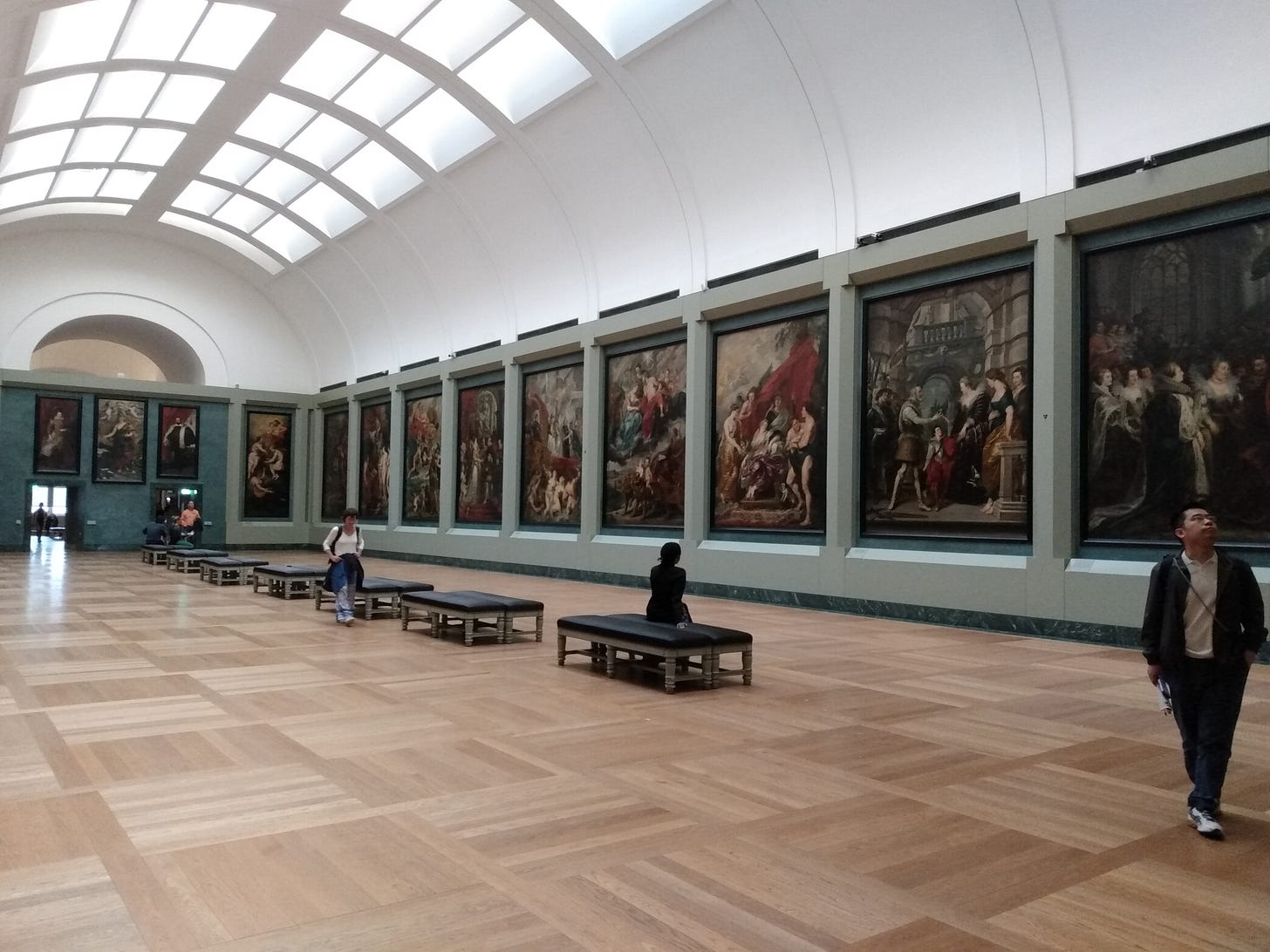Clue #1: This city has a public transit stop named in honor of Rosa Parks.
Clue #2: This city has a public transit stop named after the Battle of Stalingrad.
These two things don’t really seem to go together, but last month I visited two cities in two countries that match both of the clues: Brussels and Paris. Every American knows about Paris, and could think of a series of facts and/or stereotypes about it. Brussels, on the other hand, has…sprouts?
There’s something to be said about visiting those places that you’ve seen all your life on TV. It is pretty neat to stand next to the Eiffel Tower. But everyone thinks this, and that can make for some crowded sights.
And that’s one reason why there’s also something to be said about visiting places that you’re less familiar with. Were the museums in Brussels bigger than in Paris? No. But they were a lot less crowded, and I didn’t have to book tickets in advance and still wait in line to get in. I was excited to see Eugène Delacroix’s Liberty Leading the People at the Louvre, but so were a lot of other people.
But it turns out there’s a Belgian equivalent, Episode of the Belgian Revolution of 1830 by Gustaaf Wappers, and I didn’t have to worry about blocking anyone’s view while viewing it. Not needing to keep to a strict timetable made the trip more flexible, and allowed me to spend more time at the sights that I felt deserved it. And while I knew about Liberty, I was not familiar with its Belgian cousin. (Arguably, Washington Crossing the Delaware is their American cousin.)
But maybe there’s more to it than that. The Louvre was crowded, sure, but not all of it was. Get away from the “name brand” 19th century paintings, and you can have rooms to yourself. Even in the busier attractions, you can still find space.
It does raise the question, though, of why some paintings are such a draw, while others are mostly ignored. Personally, I still don’t understand why there’s a line to see the Mona Lisa. Is it because lots of people really like it? Is it because lots of people are familiar with it? Is it because lots of people are told they have to see it if they’re in Paris?
It wasn’t always so famous. When it was stolen in 1911 it took 26 hours before anyone noticed it was gone. But if you go to Europe, you can make your own decision to see it…or not.







